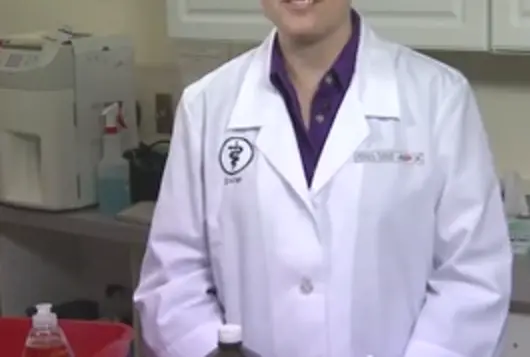How to Treat Chocolate Ingestion in Dogs

It seems that dogs never get tired of eating chocolate, and chocolate is on the list of top 10 calls to the ASPCA Animal Poison Control Center every year.
Keep reading for a list of the important things to remember when treating chocolate toxicities.
Chocolate Ingestion History
History is always important, and with chocolate cases, it can be critical. Try to get as many details about the ingestion as you can, including:
- Type of chocolate
- Amount of chocolate
- The recipe if it’s a baked good (particularly if it is sugar-free or contains raisins or alcohol)
Timeline of Incident
How long ago did ingestion occur? The onset of chocolate signs is not always rapid— it can take up to eight hours for stimulatory signs to be seen. Since chocolate does not digest very quickly, you may have more time for decontamination.
Signs of Distress
Is the pet showing signs? Inducing emesis in a pet who has been vomiting at home may not be productive. Inducing emesis in a pet who is very tachycardic or agitated may cause a vagal response, collapse or a seizure.
Activated Charcoal
In the last 10 years, the APCC has been more reserved about when to administer activated charcoal. Chocolate is one of those cases where activated charcoal is being used less and less. Due to the high sugar content of chocolate, it has an osmotic effect in the gastrointestinal tract pulling free water out of the vasculature. Methylxanthines are also diuretics and more fluid losses occur in the urine. Adding the osmotic effects of activated charcoal into the mix can result in a hypernatremia disaster. Activated charcoal is reserved for high-dose cases, particularly when emesis results have been poor.
Treatment of Chocolate Ingestion
Treatment of chocolate ingestions largely revolves around managing gastrointestinal signs and controlling any cardiovascular and neurologic stimulation. Common anti-emetics should be administered to control excessive vomiting. Fluid diuresis and allowing patients to urinate frequently may help with elimination of toxins. Fluids are also used to address dehydration and electrolyte abnormalities that can occur secondary to vomiting or diarrhea.
Managing stimulatory signs such as hyperactivity, muscle tremors or seizures should be done as needed. Medications such as diazepam, midazolam, acepromazine or methocarbamol are commonly utilized.
Sinus tachycardia is the most common arrhythmia noted with chocolate intoxication, and if the heart rate remains high in a no longer agitated patient, a beta blocker such as propranolol may be needed.
Prognosis
Prognosis for most chocolate cases is good with appropriate therapy. It is rare for deaths to occur.
We have lots more on this subject:



